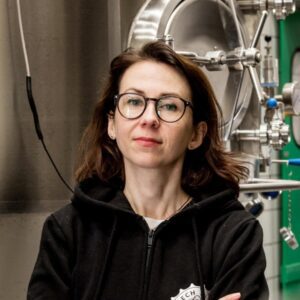Print steak with perfectly palpable beef fibers in every Polish kitchen, robots delivering food as standard to native restaurants and drones delivering not only food, but also books or laundry directly to our doors. Will this be the future of the food industry in the coming years? Find out what experts said about AI development and new technologies at the last Food Working meeting!
Chance or threat?
It predicts sales, improves delivery logistics, and at the same time frees employees from repetitive tasks. Although the impact of new developments on the food and gastronomy industry is undeniable today, it is difficult to imagine human work and life in 5-10 years in a world so strongly defined by artificial intelligence and innovation. Is intensive development an opportunity for a person or, conversely, a threat?
At the last industry meeting from the Food Working cycle, experts agreed that the latest solutions are, first of all, the vastness of opportunities for development and more advanced human deliverance from complex, monotonous tasks.
I see more opportunities than threats in new technologies, and the technology allows for better resource management – commented Matthew Kowalczyk, CEO of FoodsiHe added that while Foodsi is not directly associated with AI, they are trying to use generative AI on a day-to-day basis, i.e. a form that can create any images or content.
Zhabka is based on dataopening new stores in tandem with AI
Sztuczna inteligencja optymalizuje procesy, ułatwia pracę, analizuje duże ilości danych. Co to jednak oznacza w odniesieniu do sektora handlu? Jak się okazuje, wykorzystanie nowoczesnych rozwiązań AI w kwestii chociażby otwierania nowych sklepów, jest dziś kluczowe.
Zabka stands on data; opening of a new store we rely on historical, demographic, or traffic data in the area. All this helps a person make decisions - he explained during the Food Working meeting Tomasz Glowacki, Head of Data Science, Zabka Group.
Żabkę uznaje się za najszybciej rozwijającą się sieć typu modern convenience w Europie i jedną z najbardziej dynamicznych na świecie. Nowoczesne technologie, które są przez nią wykorzystywane m.in. do unowocześniania sklepów ułatwiają życie i uwalniają czas milionom klientów.
Ordering food in the AI world
From year to year, the process of ordering food at home is significantly reduced. Today, fewer and fewer people are using phone orders, and we are more willing to turn to applications that we can use to look forward to delivery by courier in just a few clicks. This opportunity is especially appreciated by young consumers, who are more likely to opt for indirect contact.
However, orders from the restaurant should also be viewed from the other side, that is, from the point of view of the institution. Traditional, telephone placement of any order, in fact, takes a lot of time. As he pointed out Maciej Statkiewicz, Head of Wolt Drive Poland: It consists of approximately 7 stages and takes 5-10 minutes of working time. New technologies keep this to a minimum.
When ordering food through the app, we limit the time to talk to the customer, accept the order and possibly clarify its details, pass it to the kitchen, then match the driver and give out the finished dish. In the world of mobile apps, everything happens automatically with a limited risk of errors.
The world of mobile apps. What is their success?
How do I create an app that, like Foodsi, has been downloaded by more than 1.5 million users over several years? According to Maciej Statkevichthe file should be simple so that you can proceed to the order in a few steps. This should be of interest not only to customers, but also to merchants.
App developers are trying out various solutions to attract consumers as much as possible for a long time. For example, Wolt offered a subscription similar to the one familiar to Netflix fans, which allows unlimited food deliveries and other promotions exclusively for Wolt+subscribers.
Printed chop, printed salmon and printed meatball from IKEA-are we ready for this?
The topic of 3D printers is not something that many of us are shocked by today. They are increasingly appearing in schools, introducing children and young people from the first levels of education to the world of new technologies. Unfortunately, 3D printing can be used in the food industry. However, as it turns out, printing food leaves fewer and fewer secrets from experts, and the results are extremely intriguing. Printing traditional meatballs while preserving the fiber content of meat, salmon while preserving its structure, or iconic IKEA meatballs is no longer a problem for specialists.
At the last meeting of the Food Working cycle, Maciej Głowacki, Chief Design Officer Sygnis S. A.he explained that in the food category today, you can print almost anything, it is important that the substance from which the print is made has a semi-liquid form. Because of this, products such as: chocolate, jam, sugar mass, cake, spreads, etc. work perfectly. Due to the approaching Christmas season, you should also be interested in ordering macaroni trees or stars, which perfectly fit into the festive, delicious atmosphere and at the same time are a good option for the world's popular fine diningu deception of the senses.
In 3D printing, there is a lot of potential to do, for example a toy car with cellular meat that can be eaten whole Maciej Glowacki explains, adding that food printing is responding to the growing problem of dysphagia, i.e. difficulty eating by older people who until recently were doomed to so-called porridges. 3D printing from mush creates concrete shapes, which significantly affects the food experience - adds an expert advisor. Although Polish hospitals do not offer such solutions, we will face this problem more and more often abroad.
Robots in restaurants
A few years ago, no one expected that instead of a waiter in a restaurant, we would be served by a robot. Modern technologies make it possible to simplify this process by introducing an innovative machine into the room that will serve the order and pick up dirty dishes, replacing the service. This can be quite surprising, because the team of waiters, especially in premium restaurants, is one of the key factors that affect the rating of a place and the return rate of guests – comments by Marcin Pavlak, Key Account Manager LSI Software – Pion PUDU, Noting that automation of processes in the field of public catering is inevitable today. Pmachines such as PUDU robots, the ability to unload employees who are on the first line of contact with the client, so as to provide guests with even better service and care during a visit to a particular restaurant.
Cars moving between the tables that arrive with a tray full of food, and wish the guests of the establishment a pleasant appetite - this is how you can briefly describe the autonomous waiters from pudu robots that support restaurateurs in their daily work.
What kind of future awaits us?
At the last meeting of the Food Working cycle, participants in the debate, indulging in technological fantasies, pointed out visions for the future of the food industry, which may soon become a reality. According To Martin Pavlak, robots in the restaurant will become the standardwhich - although currently shocking, intriguing, and surprising – will become an integral part of professional guest service in the future.
The representative of Wolt, although he presented the possibility of delivering food by drone or jetpack, does not quite believe in the potential of these solutions. He emphasizes that this can be difficult in the context of accessible road infrastructure, as well as adverse weather conditions.
But imagine that we have a city where we have an optimal number of laundries, post offices, shops, and we have a courier who receives an in-app notification to make us purchases, because he has a signal, for example, from our refrigerator. Maybe he'll pick up some clothes from the laundry on the way. I believe that pretty soon we will have a private courier from everything - added Maciej Statkevich.
Maciej Glowacki, in turn, hopes that printing food from the comfort of your home will become a daily occurrence. Obecnie koszt drukarki 3D drukującej jedzeniem wynosi już tylko kilka tysięcy euro, a branża wierzy, że dostępność drukarek będzie rosnąć i pociągać za sobą też dalsze spadki cen. Tym, co z pewnością przyczyni się do intensywniejszego rozwoju tego sektora, jest pogłębianie badań z zakresu materiałoznawstwa i zdobywanie nowej wiedzy o technologii druku.
The representative of zubka is sure of one thing: AI won't take away our jobs, on the contrary, The use of artificial intelligence systems will certainly bring the organization many benefits related to improving the efficiency of employees. Część zawodów zniknie, ale na pewno powstaną też nowe.
According To Tomasz Glowacki the person will have more time to devote to creative and meaningful work.. On the contrary, repetitive tasks that we do from the machine, and take up a lot of our time, can be put in the" hands " of AI.
Feature to use
The fifth meeting of the Food Working cycle is a confirmation that artificial intelligence should not be feared, but on the contrary – it should be boldly implemented in your work. For each of us, this is not only a huge challenge, but also an opportunity that can change our daily lives for the better.
We would like to thank our experts for a substantial dose of knowledge during the past Food Working! The event would not have taken place if not for our partners: AïOLI Cantine Bar Cafe Deli, School Banjaluka, Tim S. A., three Buddies Brewery, JW Films, Sweet, SGGW, Warsaw Graduate School of Engineering and Healthcare and media patrons: past, KUKBUK, trade, MARKETER+, Gastrowiedza, Restaurant Management, Restaurant Magazine, Biokurier, new marketing.
We'll see you at the next Food Working in 2024!
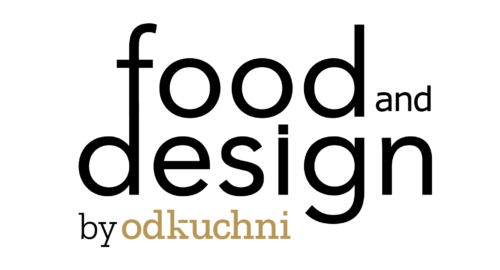
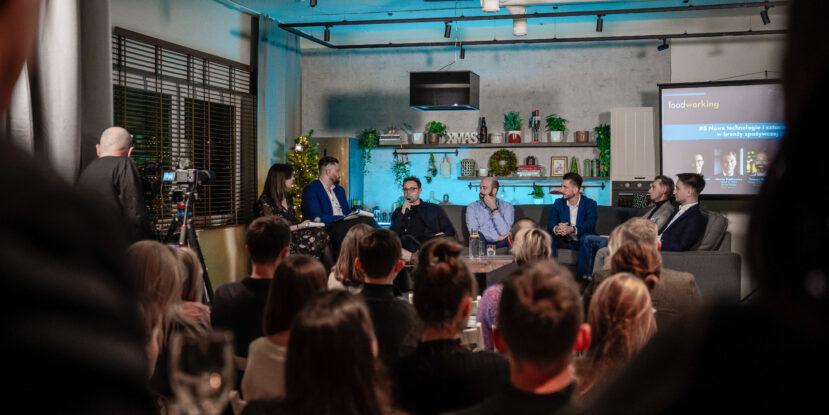

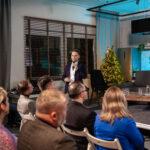








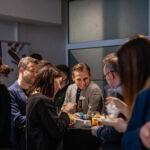



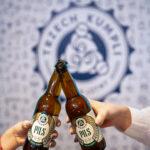



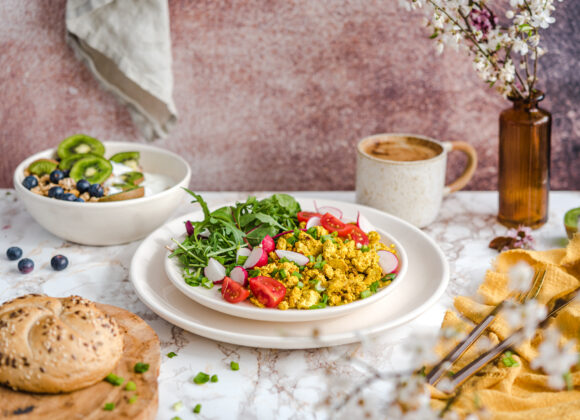
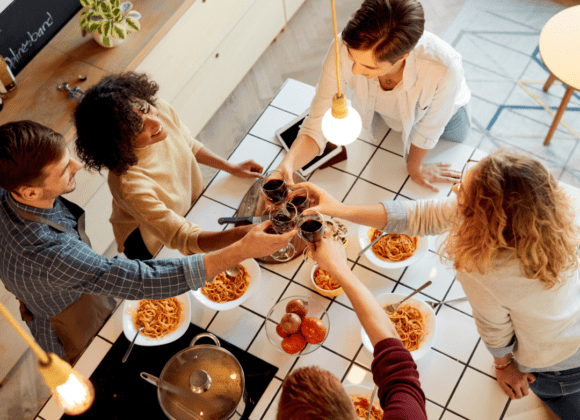
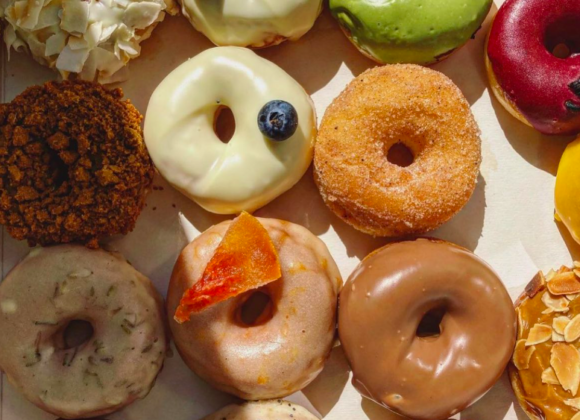





 Junior specialist in Marketing Communications and PR.
Junior specialist in Marketing Communications and PR.


 He is a graduate of the University of Warsaw and the Main School of Agriculture. We have been in the HoReCa industry for more than 10 years. For many years, he has been associated with the Trip group, Sobienie Royal Golf and Country Club, and the Florentin Restaurant in Warsaw.
He is a graduate of the University of Warsaw and the Main School of Agriculture. We have been in the HoReCa industry for more than 10 years. For many years, he has been associated with the Trip group, Sobienie Royal Golf and Country Club, and the Florentin Restaurant in Warsaw. She graduated from the Faculty of Architecture of the Warsaw Technical University with a degree in Architecture for the Knowledge Society and Visual Communications at the Polytechnic University of Milan. A specialist in creating a mood. She has gained experience at home and abroad at numerous international seminars (Seville, Lisbon, Florence), fellowships at La Sapienza (Rome), etc. m.in. in Carmi e Ubertis and ADM Milano.
She graduated from the Faculty of Architecture of the Warsaw Technical University with a degree in Architecture for the Knowledge Society and Visual Communications at the Polytechnic University of Milan. A specialist in creating a mood. She has gained experience at home and abroad at numerous international seminars (Seville, Lisbon, Florence), fellowships at La Sapienza (Rome), etc. m.in. in Carmi e Ubertis and ADM Milano.








 A manager with many years of experience in the cosmetics, food, and children's industries. During his career, he was associated with such companies as: L'Oreal, Samsung, Danone-Nutricia, Unilever. During his professional life, he was responsible, among other things, for the development of e-commerce sales and content in Poland and the countries of Central and Eastern Europe.
A manager with many years of experience in the cosmetics, food, and children's industries. During his career, he was associated with such companies as: L'Oreal, Samsung, Danone-Nutricia, Unilever. During his professional life, he was responsible, among other things, for the development of e-commerce sales and content in Poland and the countries of Central and Eastern Europe. 





